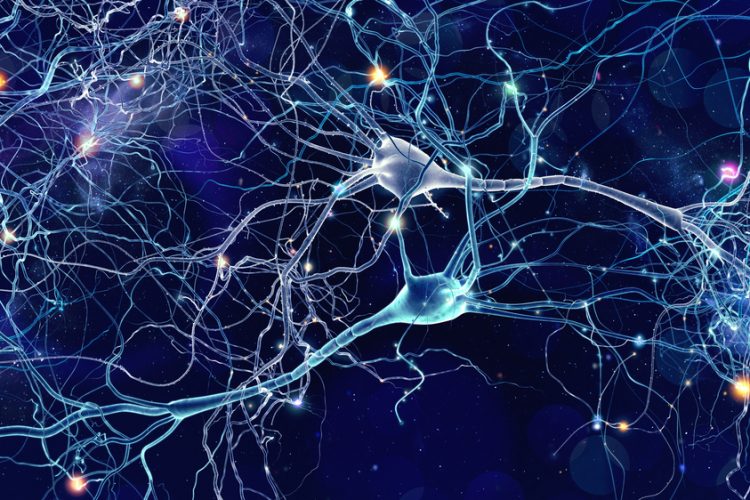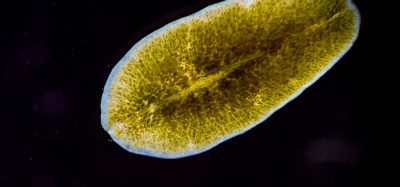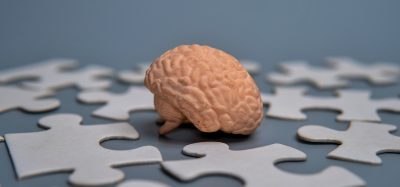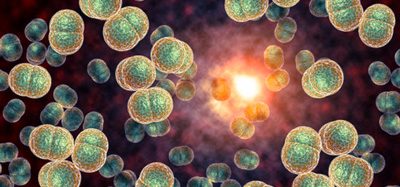New brain organoids express proteins in a human brain-specific manner
Posted: 17 May 2024 | Drug Target Review | No comments yet
Culture conditions during embryoid body formation can be enhanced to gain glia-associated proteins and neural network activity.


Researchers at the University of Saskatchewan, Canada, have found that brain organoid (BO) composition is determined by culture conditions during embryoid body formation. The culture conditions at this stage can be enhanced to gain glia-associated proteins and neural network activity after 90 days. This study was the first time BOs have been shown to largely process and express proteins in a human brain-specific manner.
Although human BOs were first described more than 15 years ago, the features of the human brain that these cultures mimic were unclear. Consistently generating BOs with a cell composition like the human brain, which also demonstrate protein banding patterns similar to human parenchymal tissue, will provide crucial evidence to validate BOs as a model.
Dr Tyler J. Wenzel, corresponding author and postdoctoral researcher, and Dr Darrell D. Mousseau, professor in the Department of Psychiatry, tested if BOs generated with high yields influenced the maturation of BOs, hypothesising that higher yields suggest these cultures would have healthier cells to assist their maturation. Therefore, they investigated the brain cell types present at day 90 in BOs generated with embryoid body (EB) formation media five.
Biomarkers aren’t just supporting drug discovery – they’re driving it
FREE market report
From smarter trials to faster insights, this report unpacks the science, strategy and real-world impact behind the next generation of precision therapies.
What you’ll unlock:
- How biomarkers are guiding dose selection and early efficacy decisions in complex trials
- Why multi-omics, liquid biopsy and digital tools are redefining the discovery process
- What makes lab data regulatory-ready and why alignment matters from day one
Explore how biomarkers are shaping early drug development
Access the full report – it’s free!
At present, most of the research on BOs rely on techniques such as immunofluorescence microscopy and RNA sequencing. However, these do not inform how proteins are processed, or accurately advise on protein levels unless further analysis is completed. Therefore, the researchers chose to use immunoblotting to compare cell and synapse markers between primary brain tissues and BOs to discover if BOs process proteins in the same way as the human brain.
By comparing proteins in human cortical (Ctx) and cerebellar (Cb) brain tissues, as well as mouse Ctx tissues, with proteins in human BOs, the team discovered that protein patterns and proportions in human BOs are more like human brain tissues. According to immunoblotting, the reaggregated BOs expressed TUBB3, TMEM119, GFAP and OLIG2 at levels like those in vitro day 90.
Furthermore, as familial iPSC lines have been shown to produce more similar organoids, BOs were formed from iPSCs of sibling donors (one male and one female). The team observed little variability between batches of BOs from the same donor, and the cultures demonstrated less protein variability than human and mouse brain tissues. Notably, it was also found that the first 24 hours of BO culture is essential for maturation.
Moving forwards, the researchers will explore which cellular signalling pathways are present in BOs. They hope their findings mean that BOs can be utilised in studies on neuroinflammation.
This study was published in Frontiers in Cellular Neuroscience.
Related topics
Neurons, Neurosciences, Organoids, Protein, Protein Expression
Related conditions
neuroinflammation
Related organisations
University of Saskatchewan








